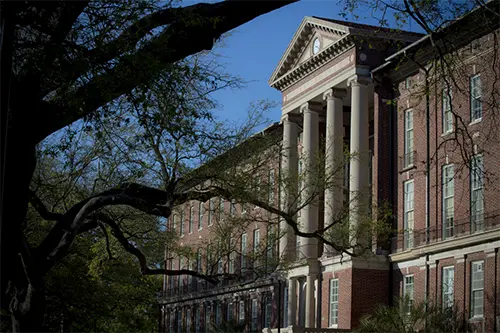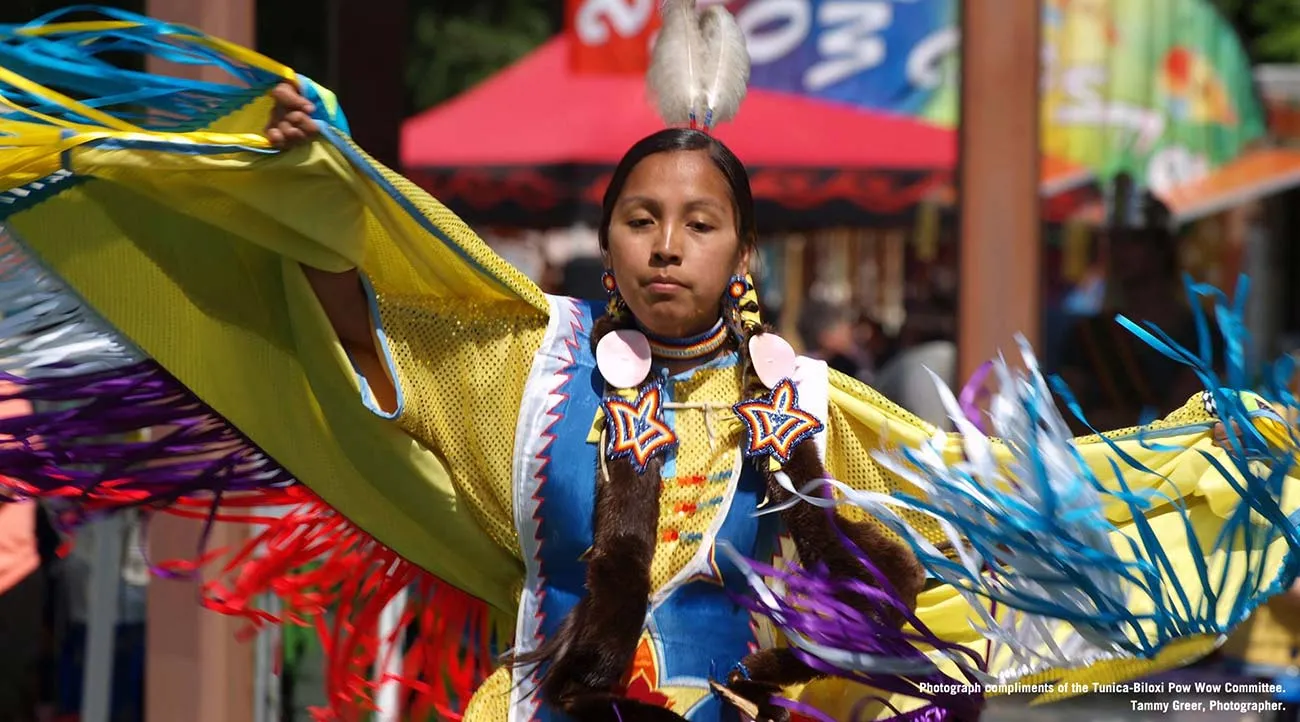Welcome to the Native American and Indigenous Studies at Tulane University
Though only 1.9% of the US population, Native Americans have played and continue to play an important part in American society. Largely invisibilized by the foregrounding of other ethnic minority groups, Native Americans in the US struggle for recognition (federal, state, and local), for survival as cultural groups (cf. Ile de Jean Charles evacuation/resettlement), and for basic rights (legal protections, religious freedom, education, health services, and subsistence). Researchers at Tulane are actively involved with Native American tribes of Louisiana, working with them on issues of language and culture revitalization, displacement due to coastal erosion, health concerns and services, and equity issues. There are many courses at Tulane that deal with Native American culture, history, and languages. Through a structured introduction to these peoples and cultures, Tulane students can gain an appreciation for continuing contribution of these communities to the American story. Students will also have an opportunity to work closely with researchers collaborating with Native communities, learning as they contribute to projects bolstering indigenous lifeways.
Tulane and all of Bulbancha rest on the unceded lands of the Chitimacha peoples. Louisiana is home to 4 federally recognized tribes — Chitimacha, Tunica-Biloxi, Coushatta and Jean Band of Choctaw — and to eleven state-recognized tribes: Adai Caddo, Bayou Lafouche, Ile de Jean Charles and Grand Caillou-Dulac bands of Biloxi Chitimacha, Choctaw-Apache of Ebarb, Clifton Choctaw, Louisiana Band of Choctaw, the Four Winds Cherokee, the Nachitoches, the Pointe au Chien, and the United Houma Nation. Early French records document over 50 groups who met regularly along Bayou Saint John to trade, to visit, and to intermarry.
Many other indigenous peoples have lived and continue to live here; many are struggling to meet externally imposed and arbitrary standards to prove their indigeneity and their cultural rights to existence and self-determination. Let us consider what centuries of government policies of extermination and forced assimilation have done to Indigenous communities today, and what it means to be so fragmented as a group that one has “bands” and not nations, that out-marriage is the only genetically sound policy, but will lead to lowering the blood quotient and so erase identity. But let us also recall the vibrant cultures of our area, their able stewardship of the land, their crafts, arts, and science, and their continuing contributions to our knowledge and culture. As we explore and celebrate Equity and Diversity, let us seek ways to have “Inclusion” include the Indigenous People with whom we live and work, teach, study, and learn.
Mission: To further understanding of indigenous peoples and the issues confronting their communities through engaged learning and research.
*Photograph compliments of the Tunica-Biloxi Pow Wow Committee. Tammy Greer, Photographer.



